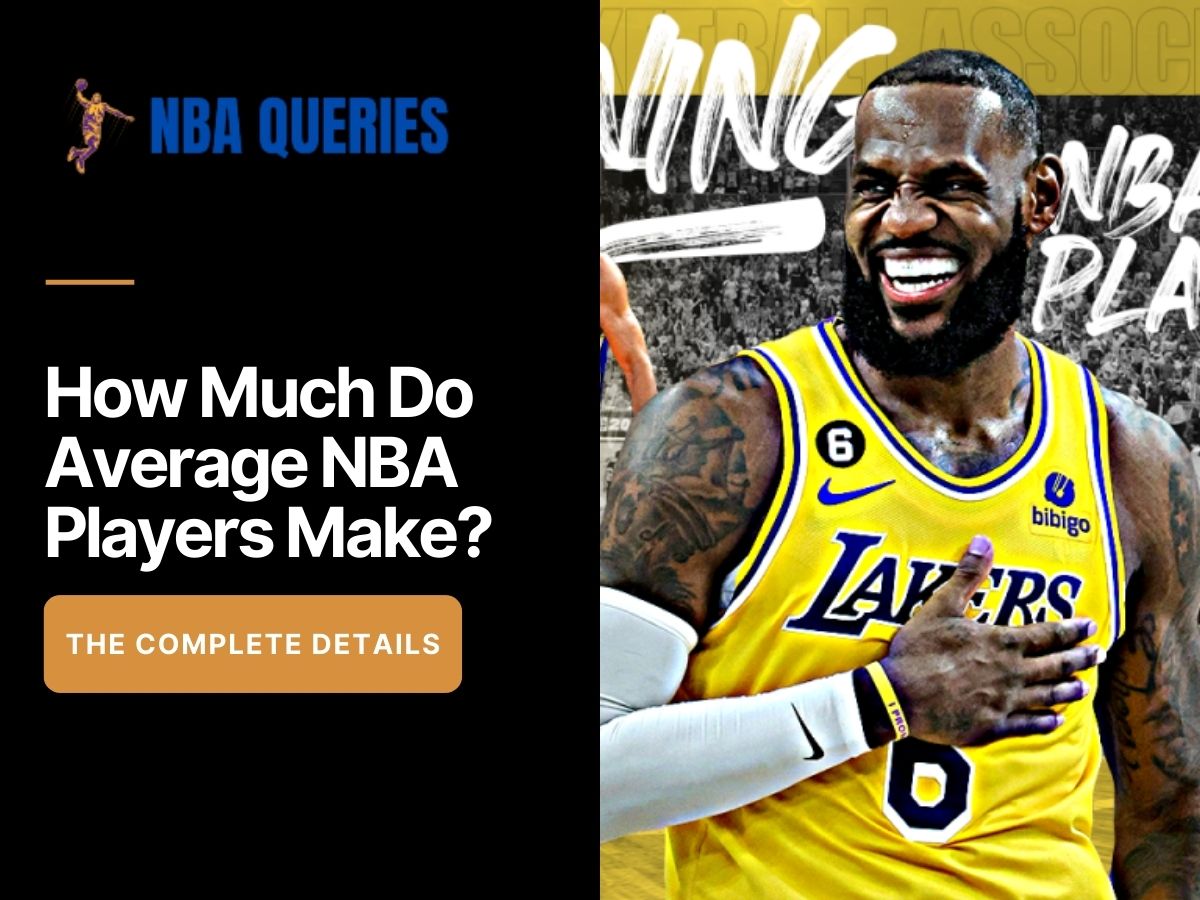In the high-flying world of professional basketball, where dunks and three-pointers electrify fans, the financial stakes are equally sky-high. NBA players’ salaries have skyrocketed over the years, with jaw-dropping figures that can make your head spin. But what does the average NBA player actually earn? Let’s break it down.
1. The Current Landscape
As of the 2023-2024 season, the NBA boasts some eye-popping contracts. Let’s take a look at the top earners:
- Stephen Curry (Golden State Warriors): The sharpshooting point guard leads the pack with a staggering salary of $51,915,615. That’s enough to buy a small island or a fleet of luxury cars!
- Kevin Durant (Phoenix Suns): Durant, a versatile forward, isn’t far behind. His paycheck rings in at $47,649,433. Imagine the penthouse views he enjoys!
- LeBron James (Los Angeles Lakers): The King himself commands a princely sum of $47,607,350. His court vision extends beyond the hardwood to his bank account.
- Nikola Jokic (Denver Nuggets): The Serbian center’s bank balance mirrors his impressive skills—$47,607,350.
- Joel Embiid (Philadelphia 76ers): Embiid’s towering presence on the court is matched by his hefty paycheck—$46,900,000.
2. The Average NBA Salary
Now, let’s shift our focus to the average NBA player. While the superstars grab headlines, the majority of players earn more modest sums. For the 2022-2023 season, the average NBA salary stood at $7,929,218. Keep in mind that this figure includes players on two-way contracts and 10-day deals, which slightly skews it lower.
3. The Salary Cap and Inequality
The NBA operates under a salary cap system, which limits how much teams can spend on player salaries. For the 2023-2024 season, the salary cap is projected to be $134 million. However, this cap doesn’t apply uniformly to all players. Superstars often sign “max contracts,” which allow them to earn a percentage of the cap. As a result, their salaries dwarf those of their teammates.
The inequality in NBA salaries is stark. While Stephen Curry’s paycheck could fund a small country, many players earn far less. The Gini coefficient, a measure of income inequality, would likely reveal a wide gap between the highest and lowest earners.
4. The Impact of Endorsements
Beyond their NBA contracts, players rake in additional income through endorsements. Shoe deals, apparel lines, and sponsorships contribute significantly to their overall earnings. Michael Jordan’s iconic Air Jordans set the blueprint for lucrative sneaker deals, and today’s stars follow suit.
We will discuss more deeper into the fascinating world of NBA contracts, rookie deals, and the impact of free agency.
Let’s lace up our sneakers and hit the court:
1. Rookie Contracts: The Starting Line
When a fresh-faced player enters the NBA, they sign a rookie contract. These deals are structured based on the player’s draft position. The higher you’re picked, the more lucrative your contract. For example:
- First-Round Picks: These lucky prospects receive guaranteed contracts. Their salaries are predetermined based on a scale set by the league. The first overall pick enjoys the biggest slice of the pie, while the 30th pick gets a smaller but still substantial piece.
- Second-Round Picks: These players don’t have guaranteed contracts. However, they can negotiate with teams and earn a spot on the roster. Their salaries are more modest, but they still get a shot at NBA glory.
2. The Mid-Level Exception: A Lifeline for Teams
Teams that want to bolster their rosters without breaking the bank turn to the mid-level exception (MLE). This exception allows teams to sign players even if they’re over the salary cap. The MLE comes in two flavors:
- Non-Taxpayer MLE: For teams that aren’t paying luxury tax, this exception provides a decent chunk of change. In the 2023-2024 season, it’s estimated to be around $9.5 million.
- Taxpayer MLE: If a team is flirting with the luxury tax line, they get a smaller version of the MLE—around $6 million. Still, not too shabby!
3. Free Agency Frenzy
Ah, free agency—the time when players spread their wings and explore new horizons. Here’s how it works:
- Unrestricted Free Agents: These players can sign with any team. They’ve completed their contracts or been waived. The allure of greener pastures often leads to bidding wars.
- Restricted Free Agents: Teams can match any offer made to these players. It’s like a game of chess—teams weigh their options, calculate cap space, and decide whether to retain their budding stars.
4. The Supermax: A Galactic Contract
The supermax contract is reserved for the crème de la crème. It’s a cosmic deal that allows a team to retain its superstar by offering a mind-boggling amount. Here’s the catch: the player must meet certain criteria, such as making an All-NBA team or winning MVP awards. The supermax can reach astronomical heights—think $200 million or more over five years!

